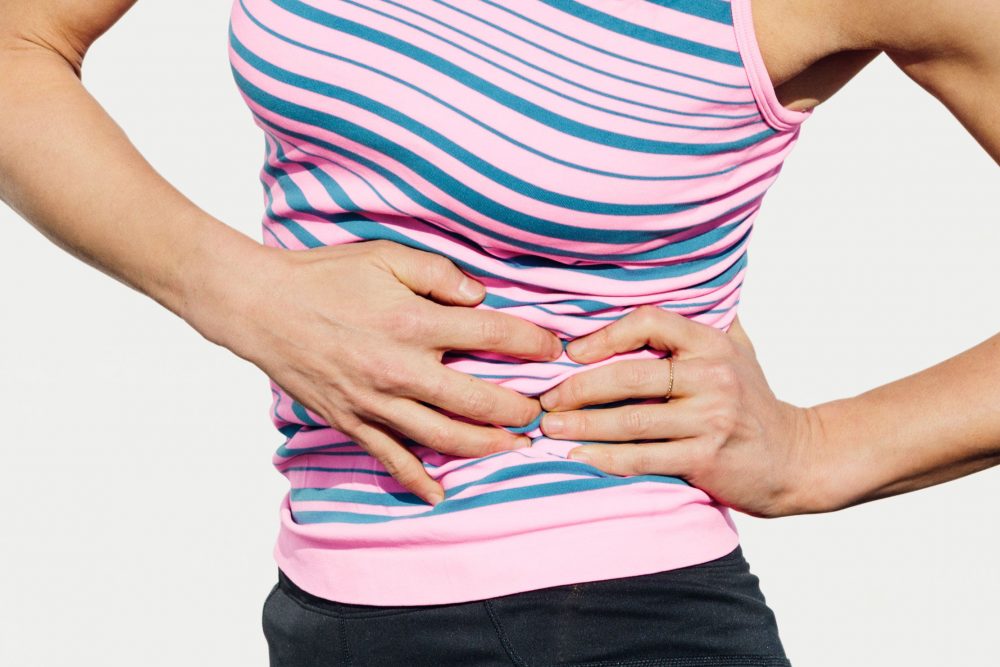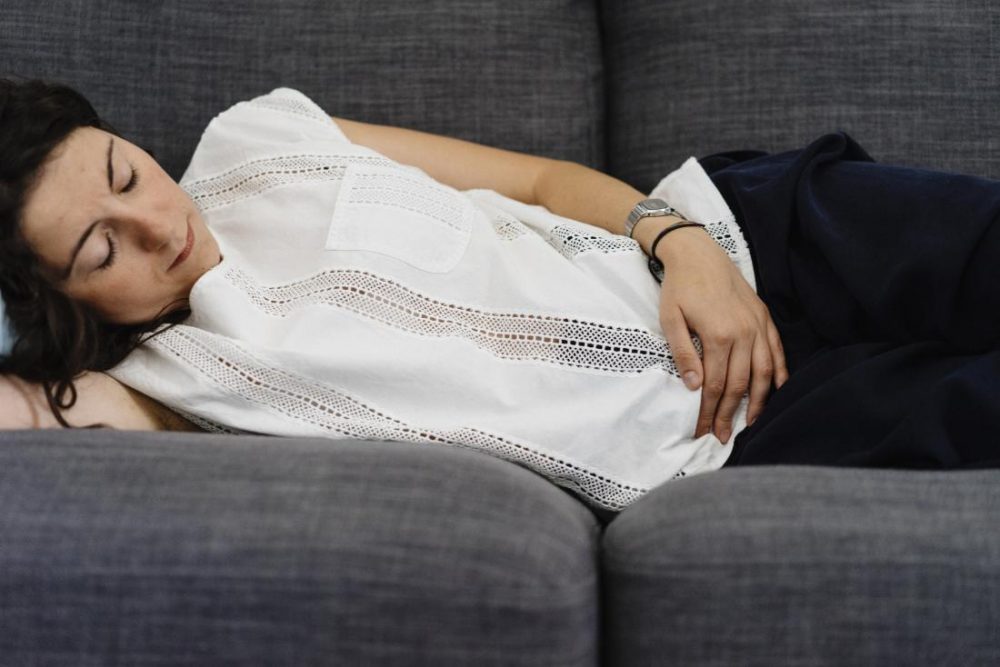Do you suffer from pelvic pain or discomfort? Have you been told its normal or no treatment offered? Then this article is for you.

Pelvic pain is something that plagues up to 40% of women of childbearing age, yet the overwhelming of these patients are frustrated due to a lack of answers, or worse yet, misdiagnosis potentially leading to procedures that are not helpful.
In defense of medical practitioners, the female pelvis is a very complex place, housing nerves, the bladder, the uterus, ovaries and other organs, making a specific diagnosis difficult. Add to the equation that most of these organs are treated by separate groups of specialists, arriving at a specific diagnosis becomes an even more complex problem.
You are probably thinking “great, so why read this article?” Right? Well, this article is meant to simplify all that for you, and I’m going to focus on a very common, very bothersome, and very easy to fix problem, that has excellent results when treated.
Its difficult to call anything the MOST common cause of chronic pelvic pain, but PCS is certainly one of the top 5, and unlike most of the rest, treatment is minimally invasive, very low risk, very effective, and you may even be able to diagnose yourself at home after reading this article. The goal of this article is to allow you to avoid frustration, do some “screening” of your own at home, see whether this common condition applies to you, and to educate you concerning the options available, so that you have a good knowledge regarding what you have and basic options available prior to seeking help.

Not many people are widely aware of this fact, but veins are present almost everywhere in the body, in parallel with nerves, and very often, when veins are engorged or distended, they put pressure on structures around them, very similar to the way a bulging disc puts pressure on a nerve in the spine.
In the pelvis, this is particularly important, as veins run on the ovaries, cervix, uterus, sciatic nerve, bladder and even things like the tailbone. If these veins become enlarged just like a herniated disc, they can put pressure on any of these structures, causing pain.
What kind of pain? The list is practically endless, and beyond the scope of this discussion, but common symptoms would include abdominal bloating, the feeling to urinate after you just emptied your bladder, sciatica, prolonged periods (over 7 days) ovarian type pain, and painful intercourse.
Many of these symptoms can also be caused by other conditions…so how do you know whether it is likely or not your problem is related to pelvic veins? Very simple, and easy to check on your own, at home. The only structures that change dramatically and quickly from an upright position to laying down in the body are veins. If your problem – whatever it is – is best in the morning, worsens throughout the day, and is somewhat alleviated by elevating your legs and pelvis, its very likely vein disease plays a role in the cause of your pain or discomfort.

If your symptoms fit, the easiest way to get a firm diagnosis is to speak to a venous disease specialist who will perform a non invasive ultrasound which will allow them to determine whether more advanced testing is needed.
Treatment is simple, performed as an outpatient procedure, and very low risk, with no scarring or incisions, and typically patients may return to work the next day. Typically great results are apparent by days 3-7.
About The Author
Dr. David Anthony Greuner is the managing director and co-founder of NYC Surgical Associates. He is a double board certified surgeon with over 10 years of experience. Due to his acknowledged expertise in minimally invasive and cardiovascular surgery, he has made frequent appearances on national television programs such as CBS’s “The Doctors”, the “Dr. Oz” show, Eyewitness News, and PIX 11.
